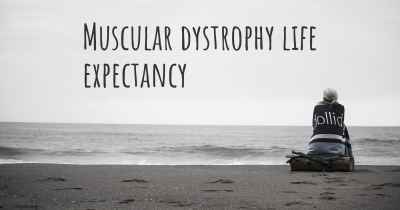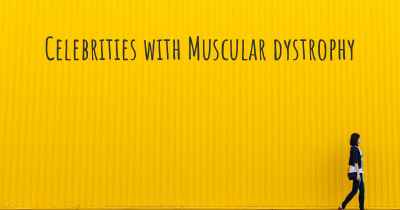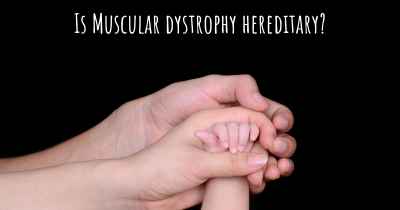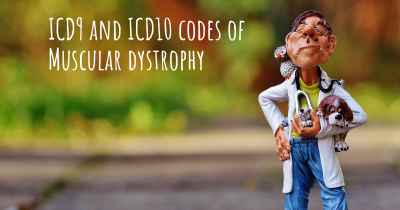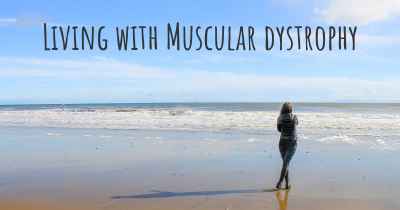What is the history of Muscular dystrophy?
When was Muscular dystrophy discovered? What is the story of this discovery? Was it coincidence or not?
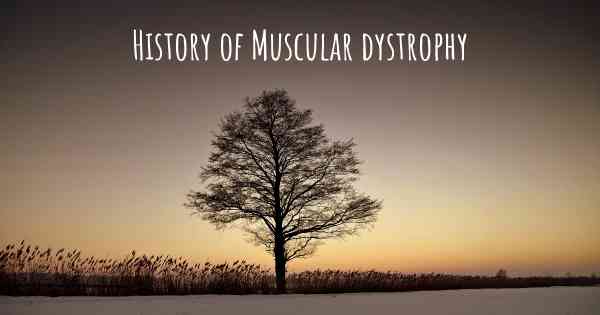
Muscular dystrophy is a group of genetic disorders characterized by progressive muscle weakness and degeneration. It is caused by mutations in genes responsible for the structure and function of muscle fibers. The history of muscular dystrophy dates back to the 19th century when the condition was first recognized and classified.
The Discovery of Muscular Dystrophy
The first documented case of muscular dystrophy was reported in 1830 by Sir Charles Bell, a Scottish surgeon. He described a progressive muscle-wasting condition in a young boy. However, it wasn't until 1852 that the term "muscular dystrophy" was coined by Guillaume Duchenne, a French neurologist. Duchenne's work laid the foundation for understanding the different types of muscular dystrophy and their distinct clinical features.
Advancements in Understanding
Throughout the late 19th and early 20th centuries, researchers made significant progress in understanding muscular dystrophy. In 1886, Wilhelm Erb, a German neurologist, identified the X-linked inheritance pattern of Duchenne muscular dystrophy (DMD), the most common and severe form of the disease. This discovery explained why the condition predominantly affected males.
In the 1950s, major breakthroughs occurred in the field of genetics, leading to a deeper understanding of the molecular basis of muscular dystrophy. In 1954, Frederick Sanger, a British biochemist, determined the complete amino acid sequence of insulin, marking the first time a protein's structure had been elucidated. This groundbreaking work paved the way for future studies on the genetic basis of diseases, including muscular dystrophy.
Identification of Specific Genes
Over the next few decades, researchers focused on identifying the specific genes responsible for different types of muscular dystrophy. In 1986, the gene responsible for DMD was discovered by Louis Kunkel and his team. They identified a large gene called dystrophin, which was found to be mutated in individuals with DMD. This finding was a major milestone in understanding the molecular basis of the disease.
Subsequent research led to the identification of genes associated with other forms of muscular dystrophy, such as Becker muscular dystrophy (BMD), facioscapulohumeral muscular dystrophy (FSHD), and myotonic dystrophy (DM). The discovery of these genes allowed for improved diagnostic techniques and a better understanding of the underlying mechanisms of each type of muscular dystrophy.
Treatment and Management
While there is currently no cure for muscular dystrophy, significant progress has been made in managing the condition and improving the quality of life for affected individuals. In the 1980s, the use of corticosteroids, such as prednisone, was introduced as a treatment for DMD. These medications help slow down muscle degeneration and delay the loss of ambulation.
Advancements in supportive care have also played a crucial role in managing muscular dystrophy. Physical therapy, orthopedic interventions, and assistive devices can help maintain mobility and prevent complications associated with muscle weakness. Additionally, respiratory care, including the use of non-invasive ventilation, has significantly improved the lifespan and quality of life for individuals with muscular dystrophy.
Current Research and Future Outlook
Research in the field of muscular dystrophy continues to advance, with a focus on developing targeted therapies and gene-based treatments. Gene therapy, in particular, holds great promise for individuals with muscular dystrophy. Experimental treatments, such as exon skipping and gene editing, aim to restore the production of functional proteins and slow down disease progression.
Furthermore, advancements in stem cell research offer potential avenues for regenerative medicine in muscular dystrophy. Scientists are exploring the use of stem cells to repair and replace damaged muscle tissue, potentially leading to improved muscle function in affected individuals.
In conclusion, the history of muscular dystrophy spans several centuries, from its initial recognition in the 19th century to the identification of specific genes in the 20th century. Significant progress has been made in understanding the molecular basis of the disease and developing management strategies. Ongoing research and advancements in treatment offer hope for improved outcomes and potential cures in the future.
